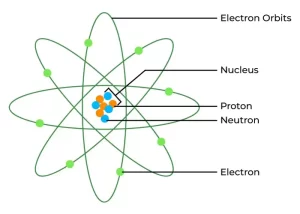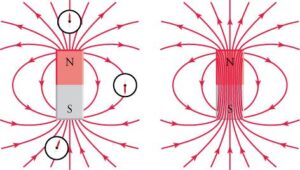In physics, generalised coordinates refer to a set of independent parameters that completely specify the configuration of a system. These coordinates are particularly useful in the context of Lagrangian mechanics, a mathematical framework used to describe the dynamics of mechanical systems.
In classical mechanics, when dealing with a system of particles or rigid bodies, we often need a set of coordinates to describe the position of each particle or body. The choice of coordinates depends on the nature of the system and the problem at hand. Generalised coordinates provide a more abstract and flexible way of describing the configuration of a system.
Here are some key points about generalised coordinates:
Definition: Generalised coordinates are a set of variables that define the configuration of a system. Unlike Cartesian coordinates (x, y, z) that are specific to certain problems, generalised coordinates are more abstract and can be adapted to various coordinate systems.
Independent Variables: Generalised coordinates are chosen to be independent of each other. This means that the configuration of the system is uniquely determined by specifying values for these coordinates.
Reduced Number of Coordinates: In many cases, the use of generalised coordinates allows us to describe the motion of a system with fewer coordinates than the total number of particles. This reduction in the number of coordinates simplifies the mathematical formulation of the system’s dynamics.
Lagrangian Mechanics: Generalised coordinates are commonly employed in Lagrangian mechanics. The Lagrangian of a system, denoted by L, is a function of the generalised coordinates, their time derivatives (generalised velocities), and time. The equations of motion for the system can be derived using the principle of least action, where the action is defined as the integral of the Lagrangian over time.
Example: For a simple pendulum, instead of using Cartesian coordinates (x, y) to describe the position of the pendulum bob, one can use the angular displacement θ as a generalised coordinate. The Lagrangian can then be expressed in terms of θ and its time derivative.
The use of generalised coordinates simplifies the mathematical description of complex systems and provides a more elegant and powerful approach to solving mechanical problems in physics.
In classical mechanics, constraints refer to restrictions or conditions that limit the motion of particles or systems. Constraints play a crucial role in defining the allowed motions of a system and can be classified into two main types: holonomic constraints and non-holonomic constraints.
Holonomic Constraints:
- Definition: Holonomic constraints are constraints that can be expressed as equations involving only the coordinates and possibly time.
- Example: Consider a particle moving on a smooth, inclined plane. The constraint can be expressed as the equation
z- f(x,y) = 0,
where ,
z is the height above a reference plane, and
f(x, y) describes the shape of the inclined plane.
The constraint equation involves only the coordinates x, y, and z, making it a holonomic constraint.
Non-holonomic Constraints:
- Definition: Non-holonomic constraints are constraints that cannot be expressed solely in terms of the coordinates and time. These constraints involve the velocities of the particles in addition to the coordinates.
- Example: Consider a particle moving on a frictionless surface. The constraint can be stated as the particle’s velocity vector being perpendicular to the surface. Mathematically, this constraint is expressed as
v . n = 0,
where ,
v is the velocity vector and
n is the normal vector to the surface.
This constraint involves both coordinates and velocities, making it a non-holonomic constraint.Constraints play a crucial role in formulating the equations of motion for mechanical systems. The Lagrangian and Hamiltonian formulations of classical mechanics are often used to incorporate constraints into the analysis and derive the equations of motion subject to these constraints.




